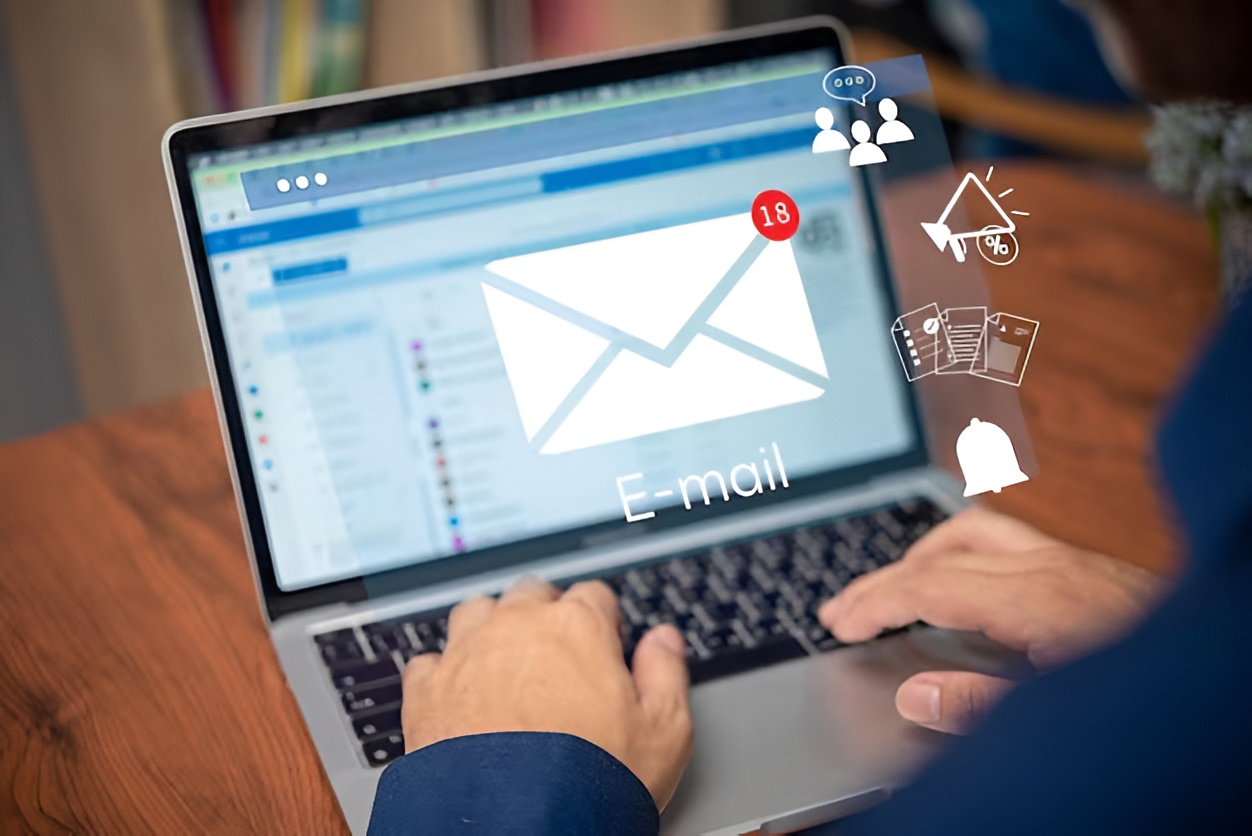Table of Contents:
- Introduction
- What is a Favicon?
- The Benefits of Having a Favicon
- Steps to Implement a Favicon on Your Website
- Best Practices for Favicon Design
- Favicon’s Role in SEO
- Conclusion
- FAQs
Introduction
A favicon, while small in size, carries substantial importance in digital branding and user engagement. Often overlooked, these tiny icons serve as your website’s representative across browsers, tabs, bookmarks, and search results, helping to establish a strong, recognizable presence. In this blog, we’ll dive into what a favicon is, why it’s critical for user experience, and how it subtly influences your website’s SEO performance.
What is a Favicon?
A favicon, or “favorite icon,” is a small graphical element associated with a website. It usually appears in the address bar, next to the website title in browser tabs, bookmarks, and sometimes in search engine listings. Typically measuring 16×16 or 32×32 pixels, a favicon helps users quickly recognize and return to your website when browsing or bookmarking.
These tiny icons often incorporate elements from your brand, like your logo or a symbol, ensuring that even in the busiest browsing scenarios, your site is easy to identify and recall.
Common Locations of Favicons:
- In browser tabs, alongside your webpage title.
- In browser bookmark lists.
- On mobile devices, when users save your website as a shortcut.
- In web history logs.
- Occasionally next to your website name in search results.
While small, a favicon plays a crucial role in how users perceive your website, improving both recognition and credibility.
The Benefits of Having a Favicon
1. Stronger Brand Identity
A favicon acts as an extension of your brand, visually representing your website across different devices and platforms. It’s one of the quickest ways for users to identify your site, especially when they have multiple tabs open. By associating your brand with a memorable icon, you’re building long-term recognition.
- Reinforces your brand’s visual identity.
- Helps users quickly find your website among multiple tabs.
- Increases brand visibility across all touchpoints.
2. Enhances User Experience
Favicons aren’t just for aesthetics; they contribute to a smoother browsing experience. When users have several tabs open, they can easily spot your site thanks to the favicon, eliminating the need to scan through text-heavy tabs. This simple visual cue creates a seamless experience and makes users more likely to revisit.
3. Professional Appearance
A website without a favicon can come across as incomplete or unpolished. On the other hand, a well-designed favicon gives your site a professional and cohesive look. It shows that your brand has paid attention to the details, creating a positive first impression for users.
4. Boosts Return Visits
With a favicon in place, your website is more likely to stand out in a user’s bookmark list or browser history. Over time, users will start associating your favicon with the positive experience they’ve had on your site, making it easier for them to return.
5. Optimized Mobile Experience
Favicons aren’t limited to desktop browsing. When users add your website to their mobile home screens, the favicon serves as the icon they see. This helps you maintain brand visibility on mobile devices, making it easier for users to access your site on the go.
Steps to Implement a Favicon on Your Website
Setting up a favicon is a straightforward process. Here’s how you can easily add one to your website:
1. Design Your Favicon
Before anything else, you need to design a favicon. Favicons are typically saved as .ico files, though formats like .png and .svg are also commonly supported. Make sure the design is simple, as complex details can get lost in such a small space.
2. Upload the Favicon to Your Website
After designing the favicon, upload it to the root directory of your website. The most common naming convention is favicon.ico. This makes it easier for browsers to automatically detect it.
3. Link the Favicon in Your HTML Code
Next, add the following code to your website’s <head> section to ensure that the favicon is properly recognized by browsers:
html
Copy code
<link rel=”icon” href=”/favicon.ico” type=”image/x-icon”>
If your favicon is in a different format or size, update the code accordingly:
html
Copy code
<link rel=”icon” href=”/favicon.png” type=”image/png”>
4. Test the Favicon Across Browsers
After setting everything up, refresh your browser to check if the favicon appears correctly. If it doesn’t show immediately, clear your browser’s cache and try again.
Best Practices for Favicon Design
To make the most of your favicon, follow these best practices:
- Keep It Simple: Favicons are very small, so stick to a clean, minimal design that can be easily recognized, even at 16×16 pixels.
- Align with Brand Colors: Use the same colors as your brand’s logo or other visual elements for consistency.
- Test on Multiple Browsers: Ensure that your favicon displays correctly on different browsers and devices, including mobile.
- Use a Transparent Background: Favicons with transparent backgrounds adapt better to different environments and platforms.
- Create Multiple Sizes: Consider creating various sizes (16×16, 32×32, and 48×48) so your favicon looks sharp across all devices and contexts.
Favicon’s Role in SEO
While favicons don’t directly influence your search engine rankings, they play an essential role in user engagement and experience, which can ultimately impact SEO in the long run. Here’s how:
1. Higher Click-Through Rates (CTR)
Some search engines, like Google, display favicons alongside website listings in search results. A well-designed, recognizable favicon can make your site stand out and encourage users to click on your link, potentially boosting your click-through rates.
2. Lower Bounce Rates
Favicons help users locate your site easily, especially when they have multiple tabs open. This convenience can reduce the likelihood of users bouncing from your site, which can improve your overall engagement metrics—something that search engines pay attention to.
3. Building User Trust
A professional, consistent favicon signals to users that your website is credible and trustworthy. Positive user experiences increase their likelihood of staying longer on your site, which is a metric that search engines consider when ranking websites.
4. Better Mobile Optimization
As more users browse the web on mobile devices, having a favicon becomes increasingly important. Favicons show up when users save your website as a shortcut or bookmark it on their mobile browsers. By improving mobile accessibility, you enhance your chances of ranking higher in mobile search results.
Conclusion
Though small and often overlooked, favicons play a pivotal role in enhancing your website’s user experience, brand visibility, and overall professionalism. They act as your digital signature across browsers and devices, helping users remember and return to your website. Moreover, favicons contribute to SEO by indirectly influencing factors like click-through rates, bounce rates, and user trust.
If you haven’t yet added a favicon to your website, now is the time to do so. By following the best practices for design and implementation, you can ensure that this small but mighty icon works in your favor.
FAQs
What exactly is a favicon, and why is it important?
A favicon is a small icon that appears in browser tabs, bookmarks, and search results. It helps users quickly identify your website and contributes to a cohesive brand presence.
Does having a favicon help with SEO?
While favicons don’t directly affect rankings, they can improve user experience, reduce bounce rates, and increase click-through rates, all of which can indirectly boost your SEO.
How do I create a favicon for my website?
You can design a favicon using graphic design software or favicon generators. Once designed, upload the file to your website’s root directory and add the necessary HTML code to display it.
What file formats can be used for favicons?
The most common format is .ico, but browsers also support formats like .png and .svg. Ensure your favicon is in one of these formats for cross-browser compatibility.
How can Heyday Marketing assist with website optimization and favicon design?
At Heyday Marketing, we specialize in web design and SEO. Our team can help you create a favicon that aligns with your brand and optimize your website for improved performance. Contact us for a consultation – https://heydaymarketing.com/contact-us/



